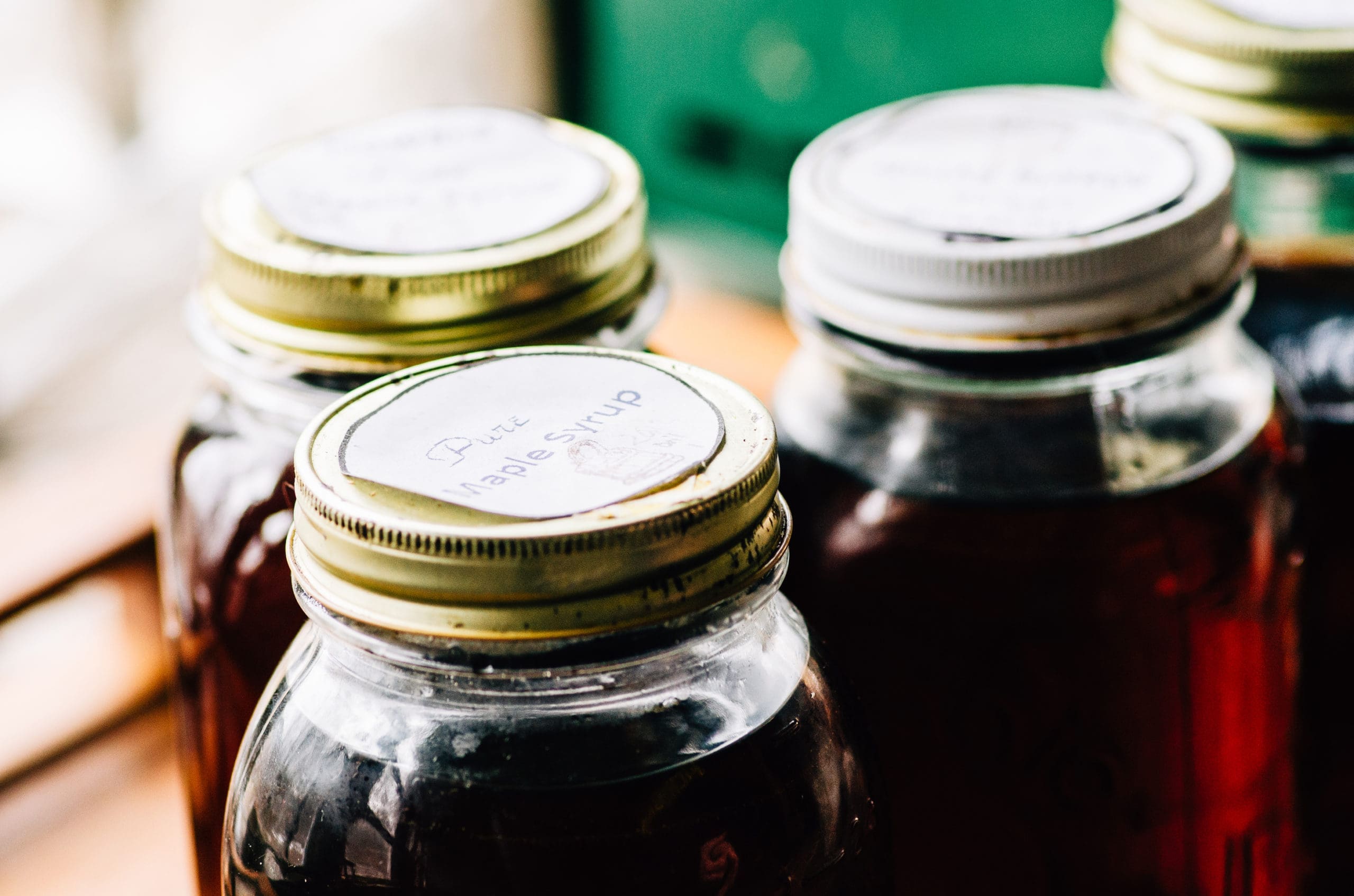Ask a maple-syrup purist if he could ever eat Aunt Jemima again, and the answer will be a vehement no. “Real maple syrup is generally thinner and less sweet,” says syrup maker John Dulin. “It’s completely different than most mass-produced syrups, which contain large volumes of high-fructose corn syrup, caramel food coloring, artificial flavors and cellulose gum.” He and friend Earl Windahl, both Edina natives, are part of a movement of Minnesotan syrupers.
When temperatures reach 40 degrees during the day and cool to 20 degrees at night, typically during the month of March, syrupers swarm the maples with spiles in hand to tap the trees. “It’s a great way to spend time outdoors making something that is a true labor of love,” says Windahl, whose passion was ignited by a class he took 15 years ago. “It takes so many hours just to make a few gallons of syrup. The trees we tap are in a forest south of Lake Mille Lacs, an area that has produced syrup dating back to the early 20th century.”
One by one, two-gallon bags are attached to the spiles to collect the clear sap dripping from the trees. It is then boiled over a wood fire for some eight hours. Windahl explains that it takes 40 gallons of sap to produce a single gallon of syrup. The boiling process is what gives the sweet stuff its golden hue that so perfectly accompanies pancakes, waffles and a wealth of fare ranging from cocktails to roasted vegetables to salad dressings.





